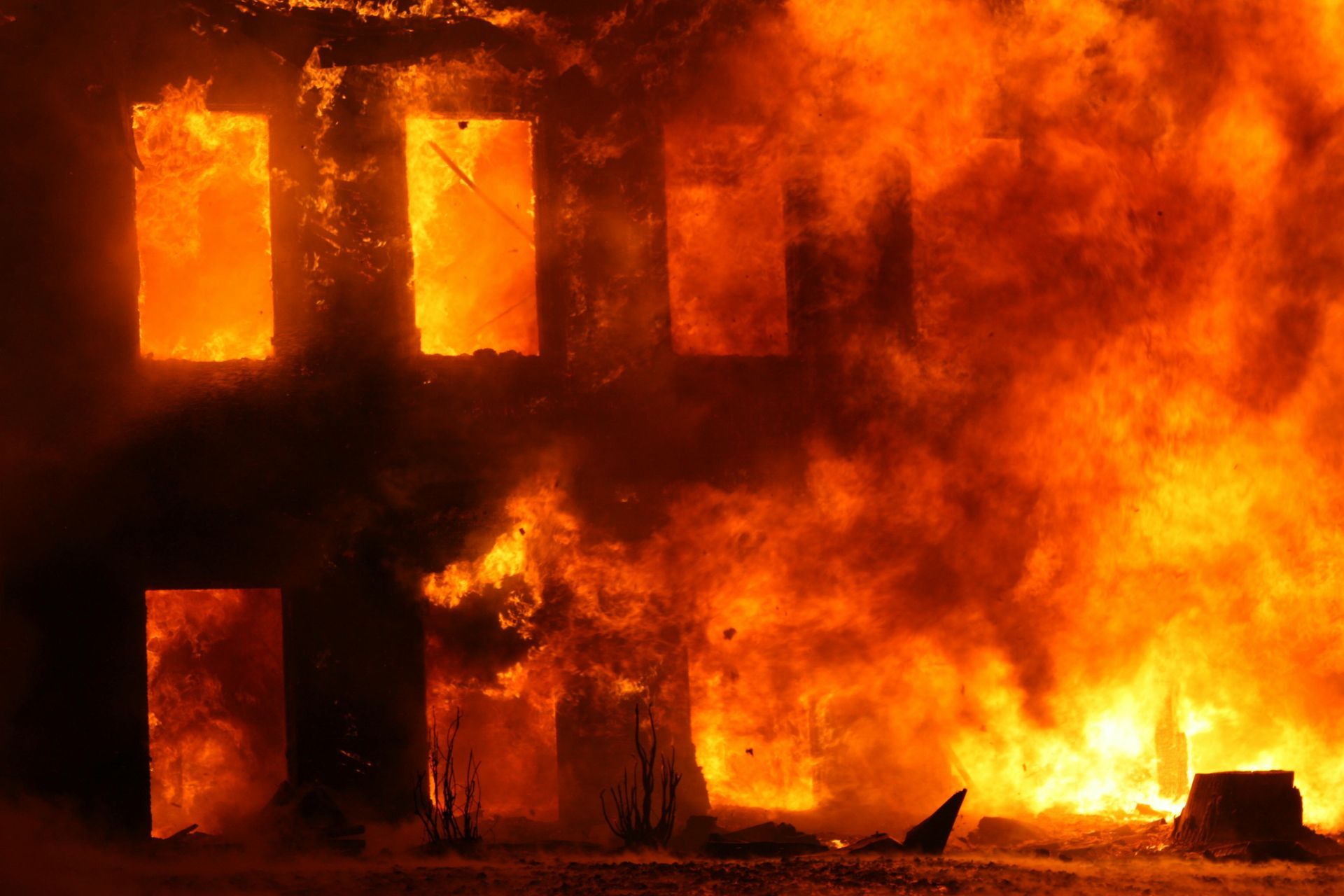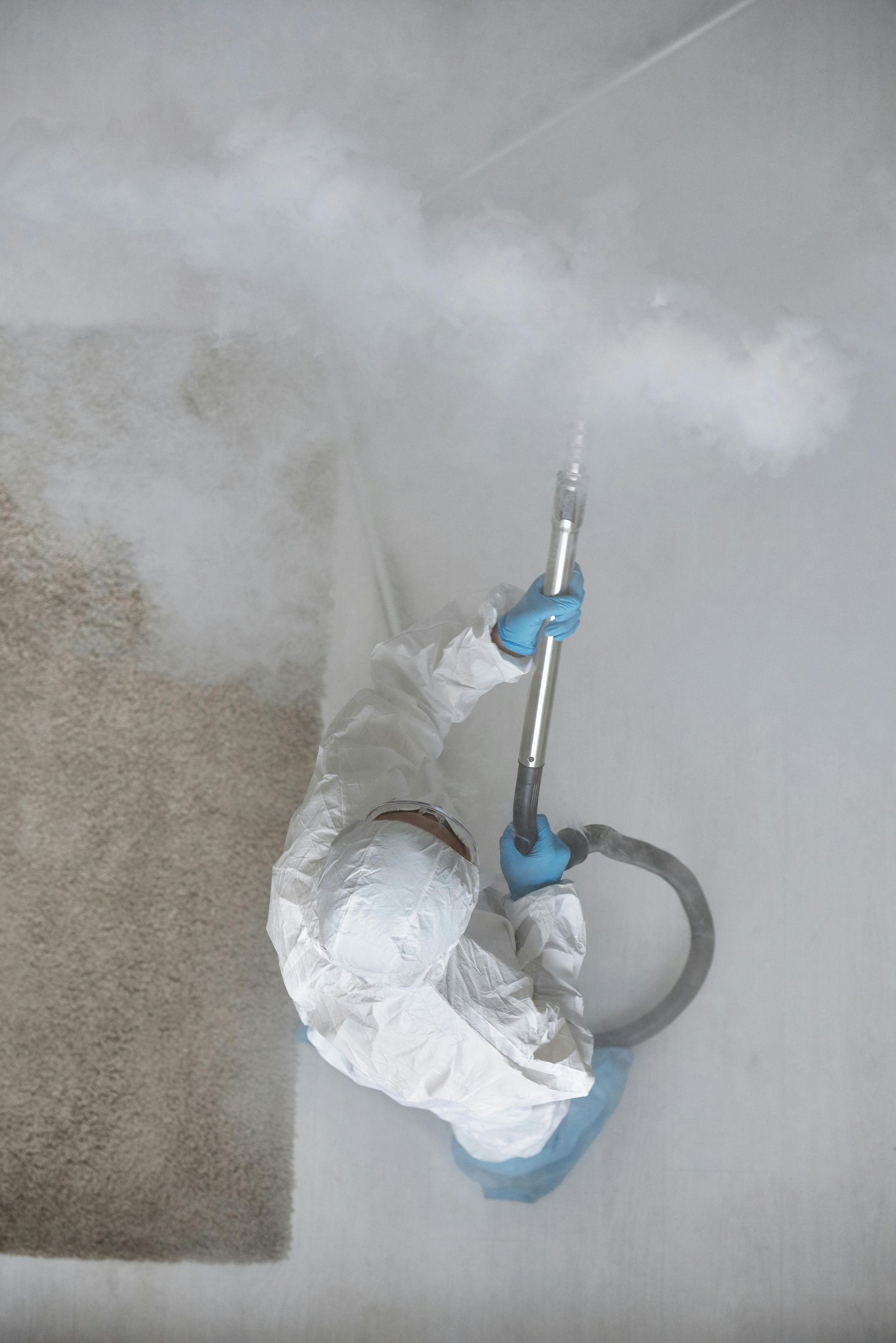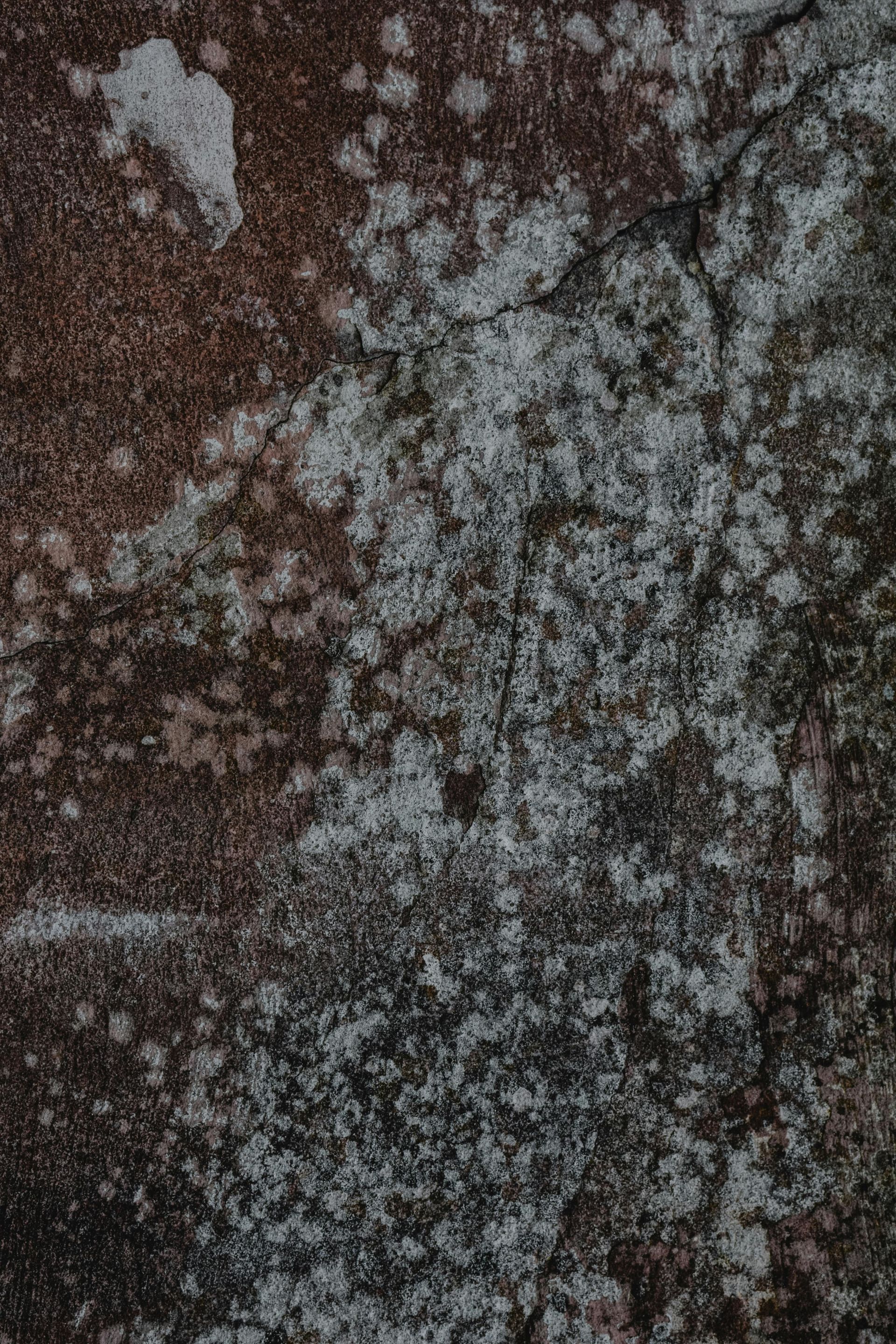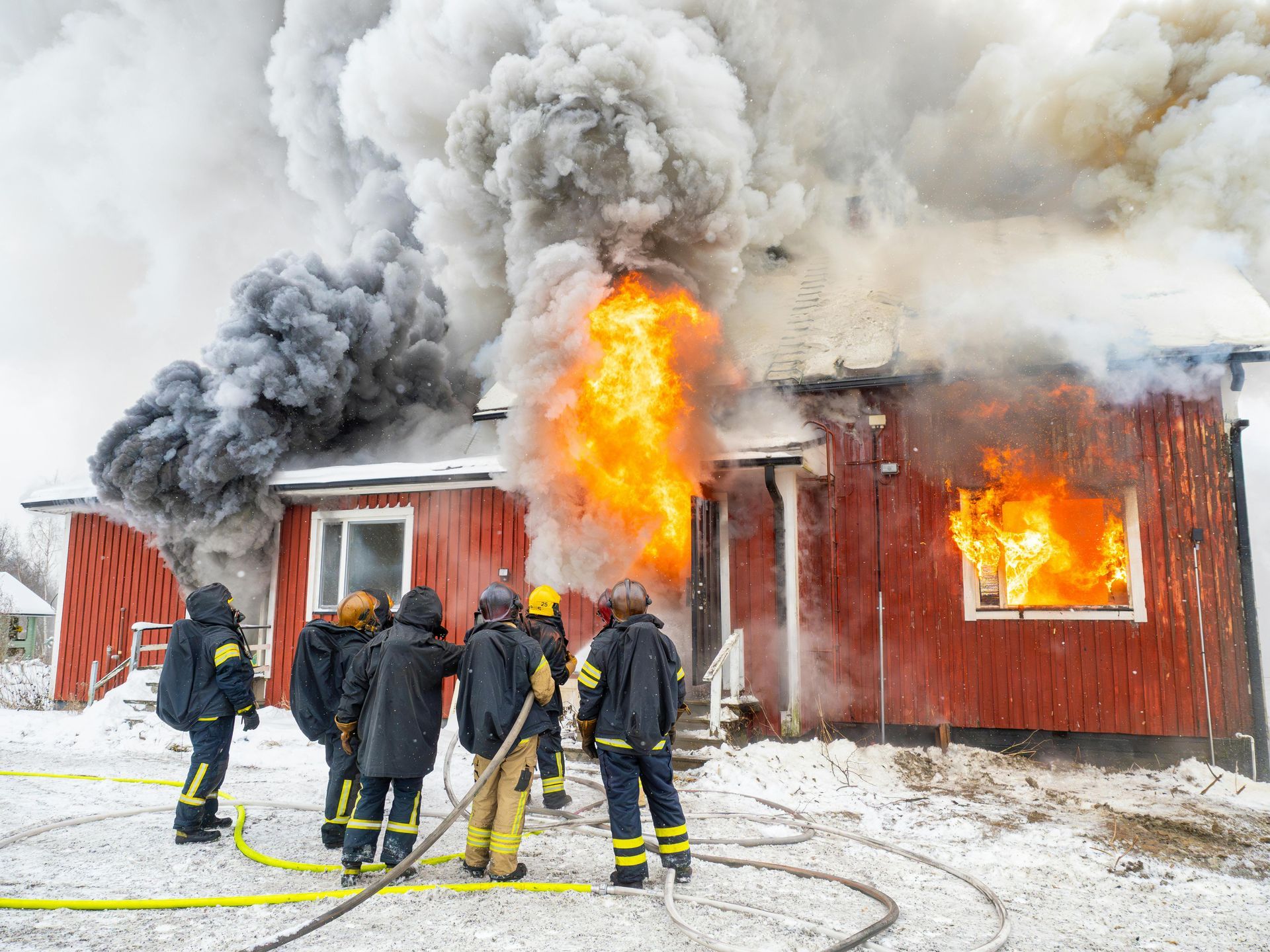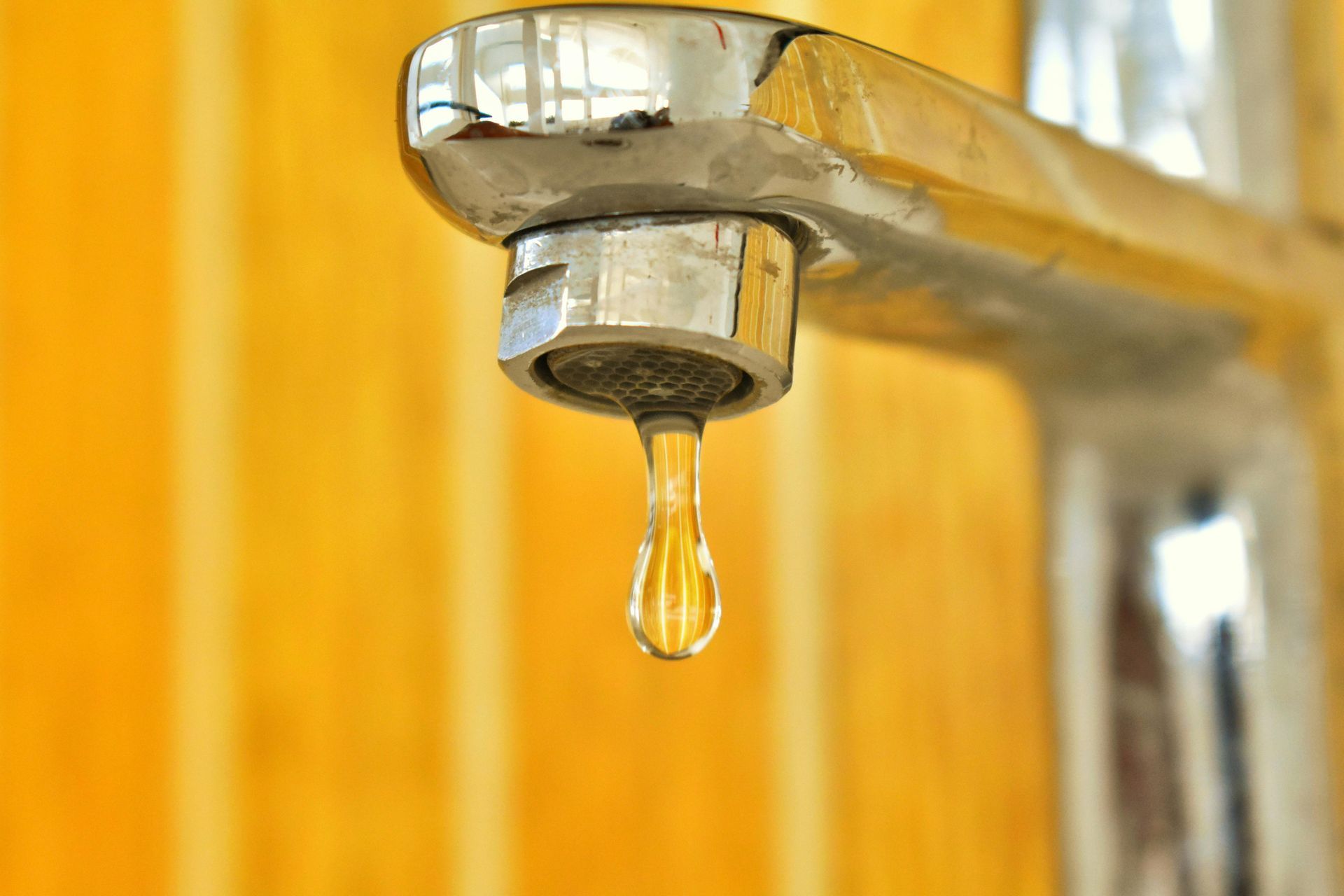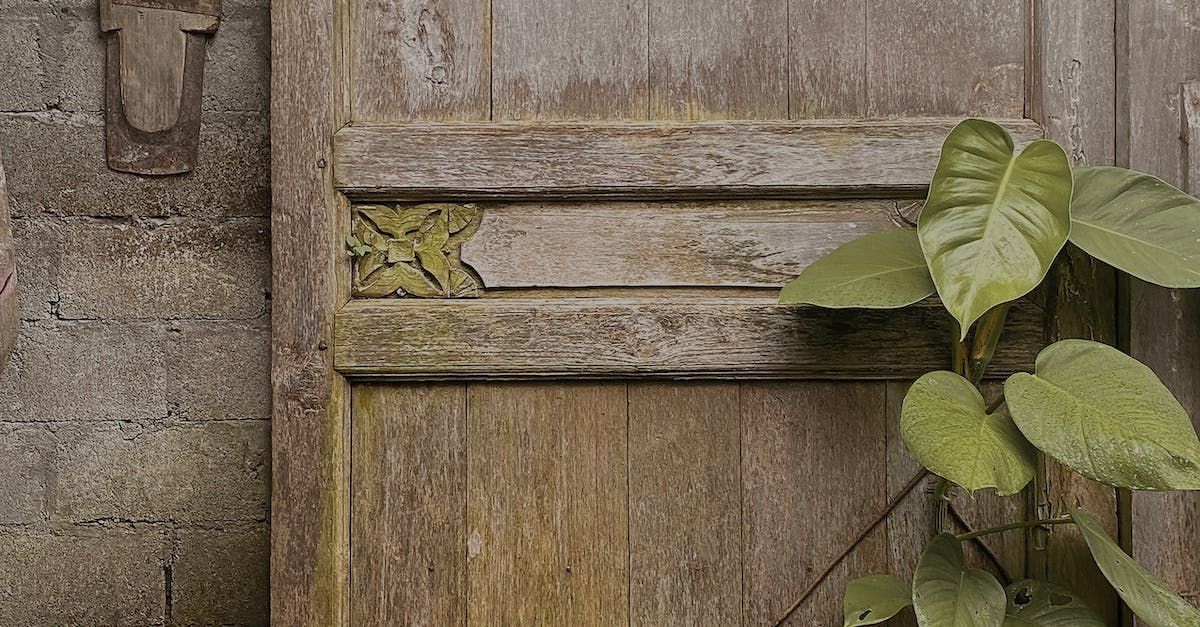Serving Athens, GA & Surrounding Areas
Call 24/7 for Emergencies
How to Detect Mold Growth in Your Home
Ultimate Guide: How to Detect Mold in Your Home Effectively
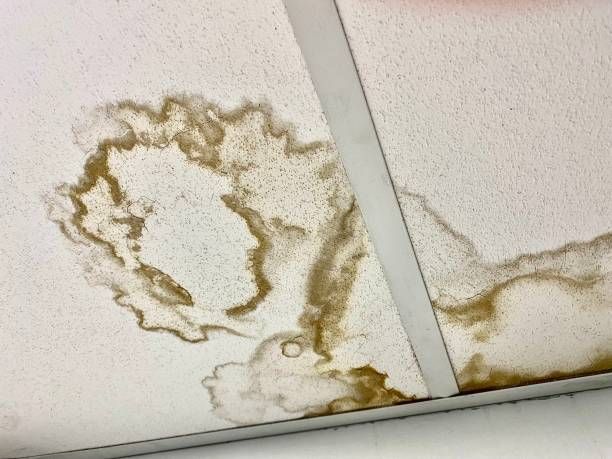
Mold infestation within homes is a common yet serious concern that often goes unnoticed until it becomes a major problem. Understanding how to detect mold is crucial for maintaining a healthy living environment. Mold can trigger a spectrum of health issues, ranging from mild allergic reactions to severe respiratory conditions, making its early detection and management vital. This guide aims to provide you with comprehensive insights into effective strategies for mold detection, the potential risks associated with undetected mold growth, and practical steps to prevent its spread. Throughout this article, we will explore various techniques and tools to empower homeowners to identify and combat mold infestation effectively.
What is Mold?
Mold represents a diverse group of fungi, ubiquitous in both outdoor and indoor environments. It plays a pivotal role in nature's ecosystem by breaking down organic matter, contributing to the decomposition process essential for nutrient recycling. However, when mold invades homes, it can become a health hazard. The types of mold commonly found in residential spaces include Aspergillus, Cladosporium, and Stachybotrys chartarum—often referred to as black mold. These varieties, among others, can flourish indoors under suitable conditions.
Mold thrives in environments that offer ample moisture, warmth, and food sources such as wood, paper, or fabric. Humidity levels above 60%, poor ventilation, and darkness create ideal conditions for mold growth. It can start to develop within 24 to 48 hours in damp, unlit areas, making basements, bathrooms, and kitchens common sites for infestation. Understanding these conditions is the first step in mold detection and prevention, aiming to maintain a healthy and safe home environment. Recognizing the natural function of mold helps underscore the importance of managing indoor conditions to hinder its spread within homes, safeguarding the health of the occupants.
Health Risks Associated with Mold
Exposure to mold can lead to a variety of health issues, with the severity often depending on the duration of exposure and the individual's susceptibility. For many, the initial symptoms might resemble those of allergic reactions, including sneezing, itching, runny nose, red eyes, and skin rash. However, mold exposure can also exacerbate more serious respiratory conditions such as asthma, leading to symptoms like wheezing, shortness of breath, chest tightness, and chronic coughing. In more severe cases, particularly among those with existing lung conditions, mold can cause infections in the lungs.
Certain groups of people are more vulnerable to the effects of mold exposure. This includes children, the elderly, and individuals with compromised immune systems or pre-existing respiratory conditions. For these populations, what might start as a mild allergic reaction can quickly escalate into more serious health problems, emphasizing the importance of prompt mold detection and remediation in environments where they reside.
Anecdotal evidence underscores the significance of addressing mold issues promptly. For instance, a family noticed worsening asthma symptoms in their child shortly after moving into a home where they later discovered mold hidden under wallpaper. Only after professional mold remediation were they able to see a marked improvement in their child's health. Testimonials like these highlight the critical nature of early mold detection, not only to protect the structural integrity of homes but, more importantly, the health and well-being of its occupants.
Visible Signs of Mold Infestation
Mold manifests in homes with a variety of visual signs that are pivotal for homeowners to recognize. One of the most conspicuous signs is discoloration, which can range from black, green, or white patches on walls, ceilings, or hidden corners. This discoloration is often accompanied by a fuzzy or slimy appearance, signaling active mold growth. Another telltale sign is the presence of dark grout between tiles or dark spots on walls, indicative of moisture intrusion and potential mold development.
Distinct from mold, mildew is a type of mold that appears as a thin, superficial layer, often white or gray, and typically grows on damp surfaces. While both are fungi, their visual characteristics and the surfaces they grow on can help distinguish between them. Mildew usually presents as a powdery or fluffy patch and is more easily cleaned and removed than deeply rooted mold colonies.
To aid in identification, consider mold's tendency to spread over larger areas and penetrate surfaces, whereas mildew often remains on the surface. For example, black or green discoloration across a wall, especially in patterns or streaks, generally points to mold, while a powdery, white coating on humid bathroom ceilings or shower curtains is likely mildew.
Understanding and identifying these signs are critical in recognizing a potential mold issue in your home, allowing for timely action to mitigate its spread and impact on health.
Hidden Mold: Beyond the Visible
While visual cues are helpful, mold often lurks unseen, making its presence both a nuisance and a hazard. Hidden behind walls, beneath carpets, or within HVAC systems, mold finds refuge in these secluded areas, thriving unnoticed. These hidden zones provide the perfect environment for mold to proliferate, especially when they trap moisture, a critical component of mold growth. The dangers of such concealed mold cannot be overstated; it continues to compromise air quality, leading to potentially severe health implications for the inhabitants.
The best way to detect mold, particularly that which is not immediately visible, involves paying attention to musty odors—a clear indicator of mold's presence even when it's out of sight. This distinctive smell, often described as damp, earthy, or like rotting leaves, varies with the mold type and the materials it consumes but universally signals a problem needing attention. Recognizing these odors means acknowledging that mold goes beyond a simple aesthetic issue; it suggests an underlying moisture problem that, if unaddressed, could exacerbate mold growth and pose significant health risks over time. Therefore, understanding and identifying these less obvious signs are as pivotal as observing mold's physical manifestations for maintaining a healthy living environment.
DIY Mold Detection Techniques
Acknowledging the hidden nature of mold, homeowners can employ DIY detection techniques. These methods, although not exhaustive, provide a first line of defense in identifying mold presence, guiding subsequent professional consultation or remediation steps.
Visual Inspection
A thorough visual check involves inspecting common moisture-prone areas such as bathrooms, kitchens, basements, and around windows for discoloration, warping, or water stains. Examine under sinks, behind refrigerators, and around air conditioners where leaks may go unnoticed. Don't overlook carpets, wallpapers, and ceiling corners, as these are often hotspots for mold growth due to their ability to retain moisture. Always ensure adequate lighting during inspection to pinpoint mold's subtle signs effectively.
Smell Test
The smell test is a simple yet effective method for detecting mold, particularly when it's hidden. Mold emits a distinct odor that can be described as musty or earthy, reminiscent of damp soil or rotting leaves. This scent is a clear indication of mold growth, even if you can't see it. To conduct a smell test, focus on areas where mold is likely to dwell, especially in damp, humid places. A persistent musty smell in certain areas suggests the presence of mold and warrants further investigation.
Home Mold Testing Kits
While home mold testing kits offer a convenient preliminary assessment of mold, their reliability can vary significantly. Available in types such as air sampling, surface testing, and bulk samples, each has its merits and limitations. Popular kits like the Mold Armor FG500 and the Healthful Home 5-Minute Mold Test are noted for their ease of use and quick results. However, DIY enthusiasts should approach with caution, understanding that these kits cannot substitute professional evaluation. Always adhere strictly to the instructions and consider professional confirmation, especially if health concerns are present.
Professional Mold Inspection
When considering the health and safety of your home's environment, hiring professional mold inspectors offers unparalleled benefits. Professionals are equipped with advanced tools and techniques, such as infrared cameras to detect hidden moisture, air sampling to assess indoor air quality, and surface sampling that identifies specific mold types. These methods not only pinpoint the presence of mold with accuracy but also determine the extent of spread and the potential health risks involved.
When selecting a mold inspection company, look for certified professionals who have a track record of thorough inspection and impartiality. Ensure they provide a detailed report that includes both the results of the inspection and recommendations for remediation. Working with a reputable company means open communication, allowing you to understand the process and any findings fully.
Periodic professional inspections are crucial, especially following any incidence of flooding or water damage, as these events often create the perfect breeding ground for mold. Early detection can prevent minor mold issues from escalating into major infestations, safeguarding the health of the home's occupants and preserving the structural integrity of the property. Through professional expertise and preventative measures, homeowners can maintain a healthier, mold-free environment.
Prevention: Keeping Mold at Bay
Preventing mold involves controlling moisture levels, ensuring adequate ventilation, and promptly addressing water damage. Regularly inspecting plumbing and roofing can preempt conditions conducive to mold growth, fostering a safe, healthy living environment.
Controlling Humidity Levels
Maintaining optimal humidity levels, ideally between 30% and 50%, is crucial in mold prevention. Utilize dehumidifiers and air conditioners to regulate moisture. Additionally, proper ventilation in high-humidity areas like bathrooms and kitchens should be ensured. Regular use of exhaust fans can also significantly reduce indoor humidity, thwarting mold growth.
Proper Ventilation
Ventilation is paramount in preventing mold growth by reducing moisture accumulation, which is essential in high-humidity areas such as bathrooms and kitchens. Achieve effective ventilation by installing exhaust fans that expel damp air outside, ensuring windows and vents are open and unobstructed. Additionally, incorporating cross-ventilation strategies, like opening opposite windows, can enhance air circulation, further dampening conditions conducive to mold propagation. Regular inspection and maintenance of HVAC systems also contribute to maintaining optimal indoor air quality and moisture control.
Regular Home Maintenance
Regular home maintenance is crucial for mold prevention. Conducting routine checks on plumbing, roofing, and sealing leaks promptly can significantly reduce moisture levels. Employing dehumidifiers, moisture absorbers, and water-resistant products can also be effective in creating a less hospitable environment for mold growth, ensuring a healthier living space.
Mold-Free Living is a Click Away. Reach Out Now!
In navigating the complexities of where to check for mold in-house, Northeastern Restoration stands out as your trusted ally. Our team of experts specializes in identifying, treating, and preventing mold with precision and care. Armed with the latest in mold detection technology, we ensure your home is thoroughly examined, from visible areas to those less apparent, safeguarding your health and property. We believe in proactive measures, offering advice and solutions tailored to keep your environment mold-free. Trust Northeastern Restoration for a comprehensive approach to mold management, ensuring peace of mind and a healthier living space. Call us now!
CONTACT US 24/7 FOR ANY WATER, FIRE, MOLD RELATED EMERGENCY
OR CALL US 24/7
Northeastern Restoration offers professional 24/7 emergency water, fire, and mold damage restoration services in Athens, GA, Gwinnett County, and Jackson County. Our IICRC certification ensures high-quality restoration. With a rapid 45-minute response time, we are committed to restoring your property quickly and effectively.
IICRC Certified
OUR SERVICES
CONTACT INFORMATION
Northeastern Restoration
217 Monte Ln, Jefferson, GA 30549, United States of America
All Rights Reserved | Northeast Restoration


